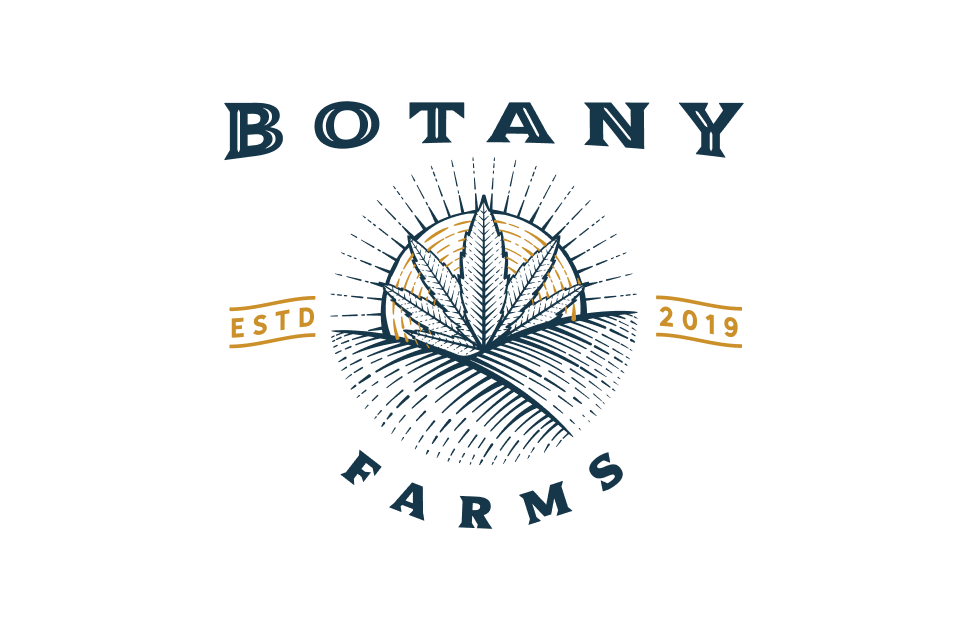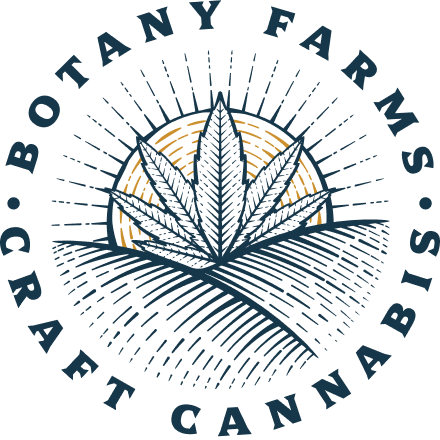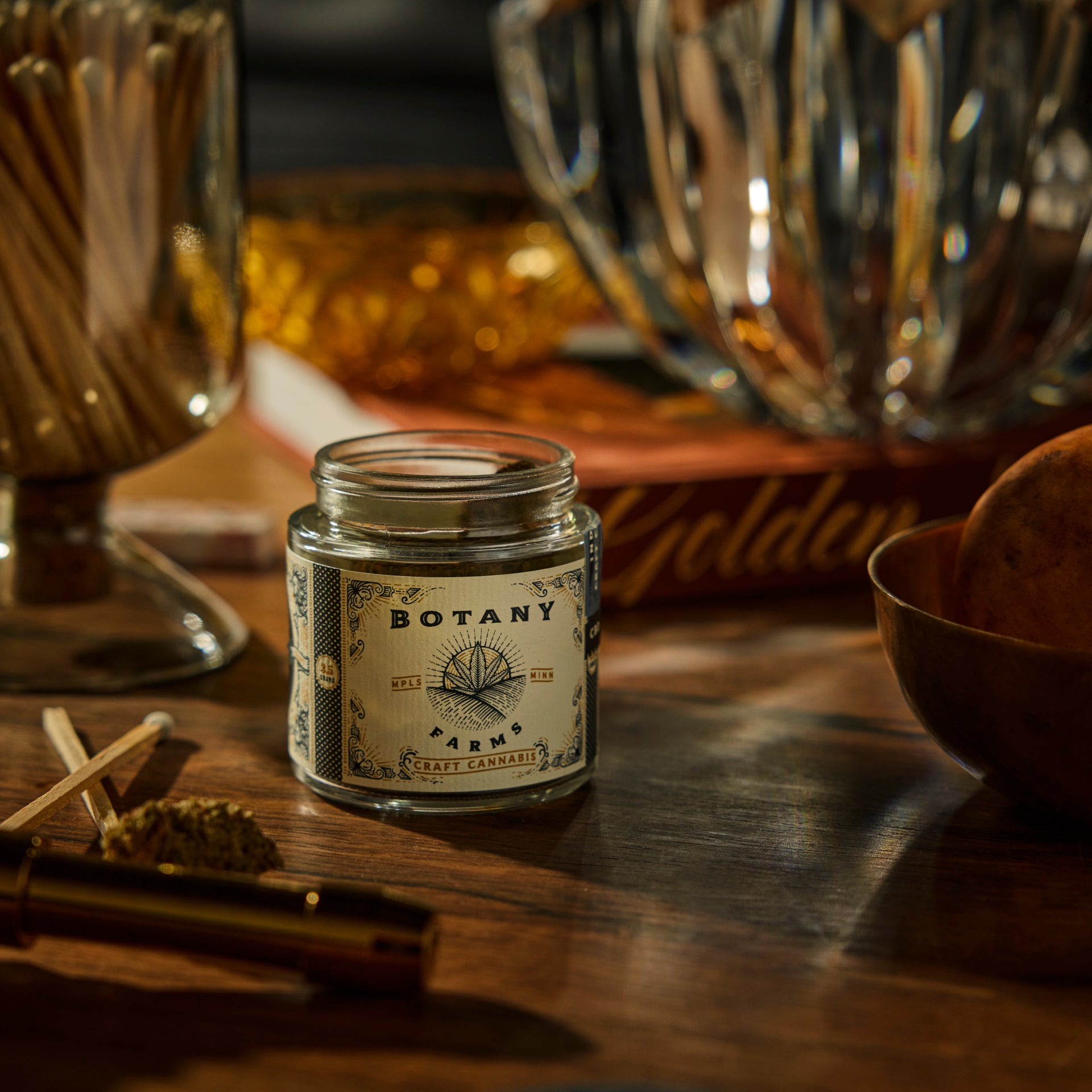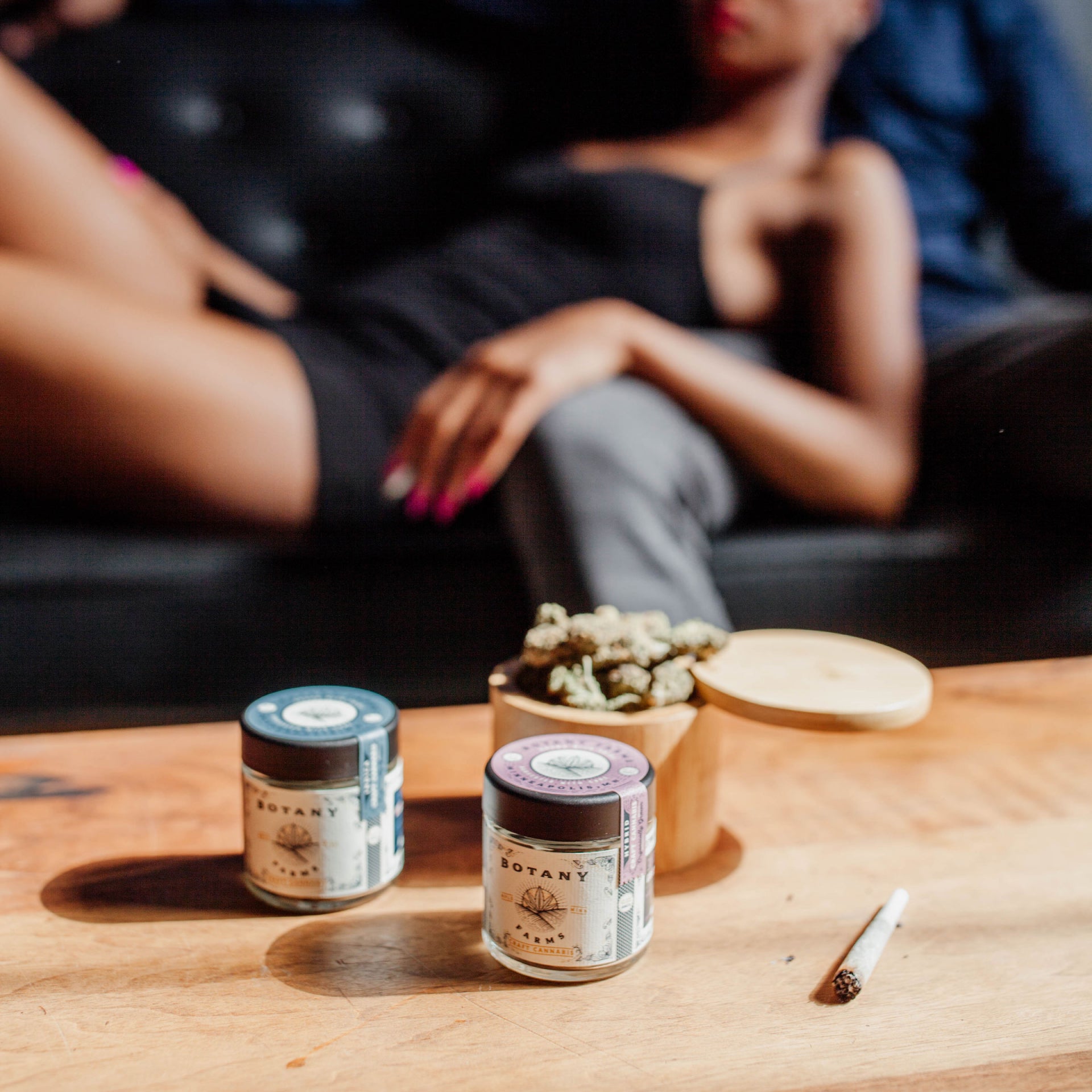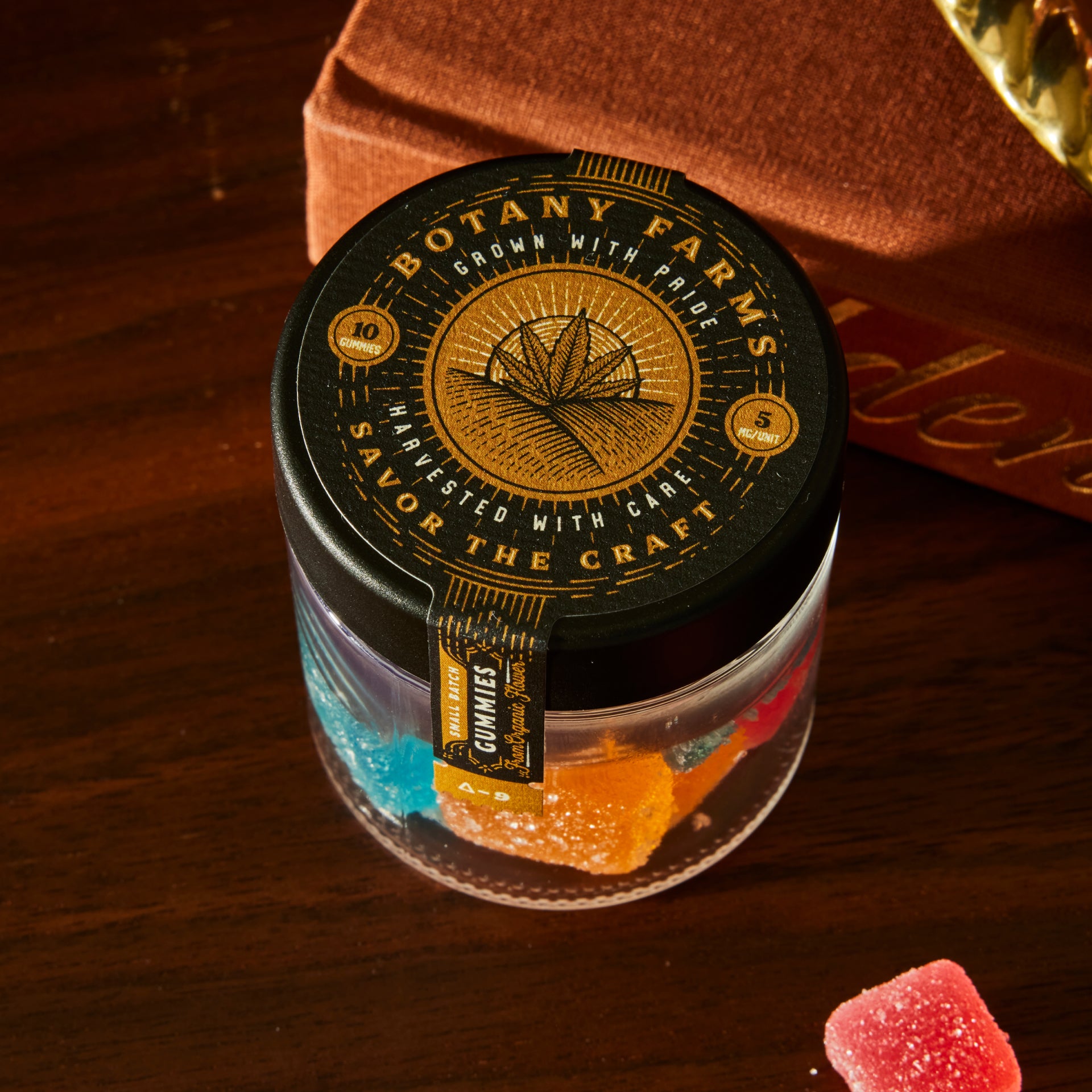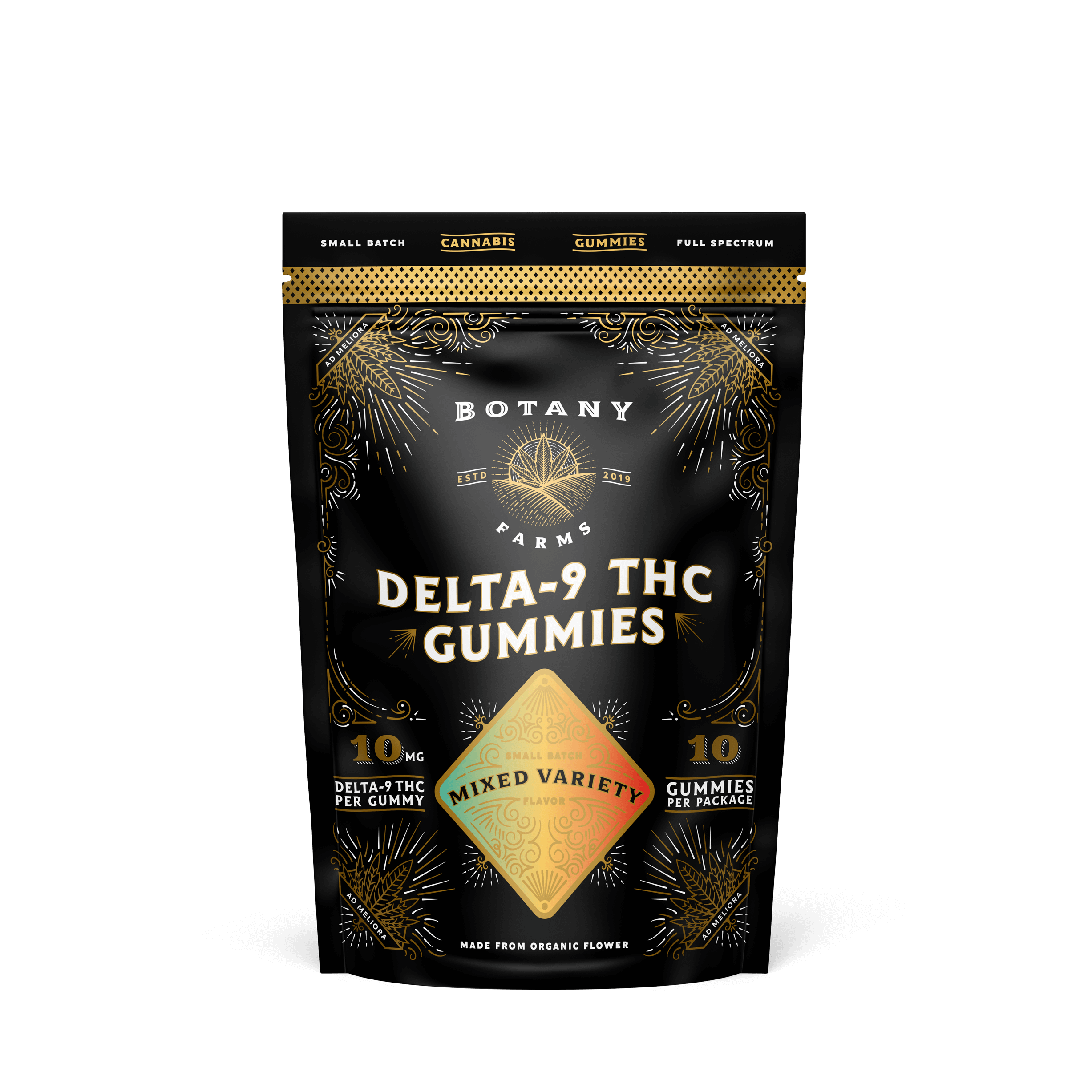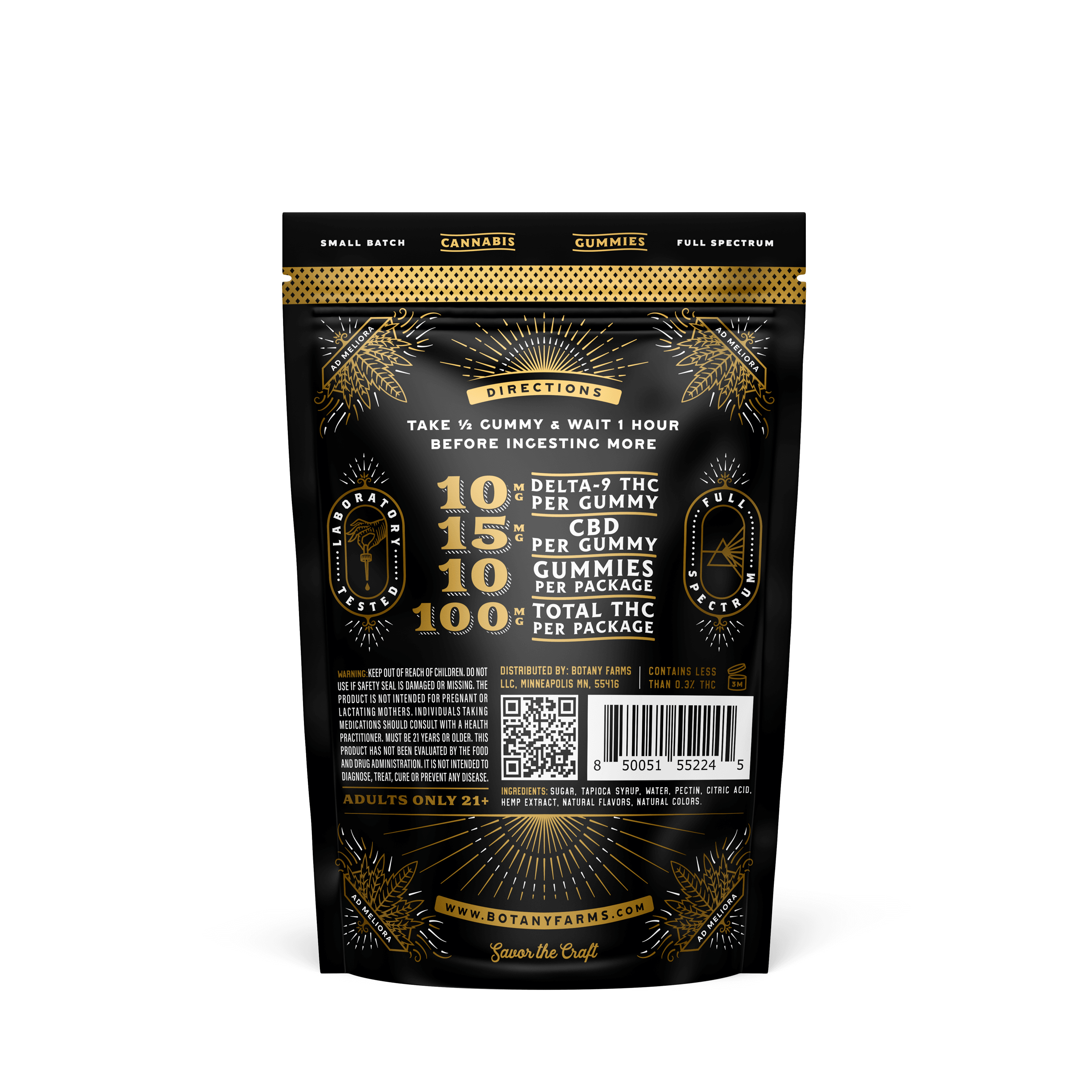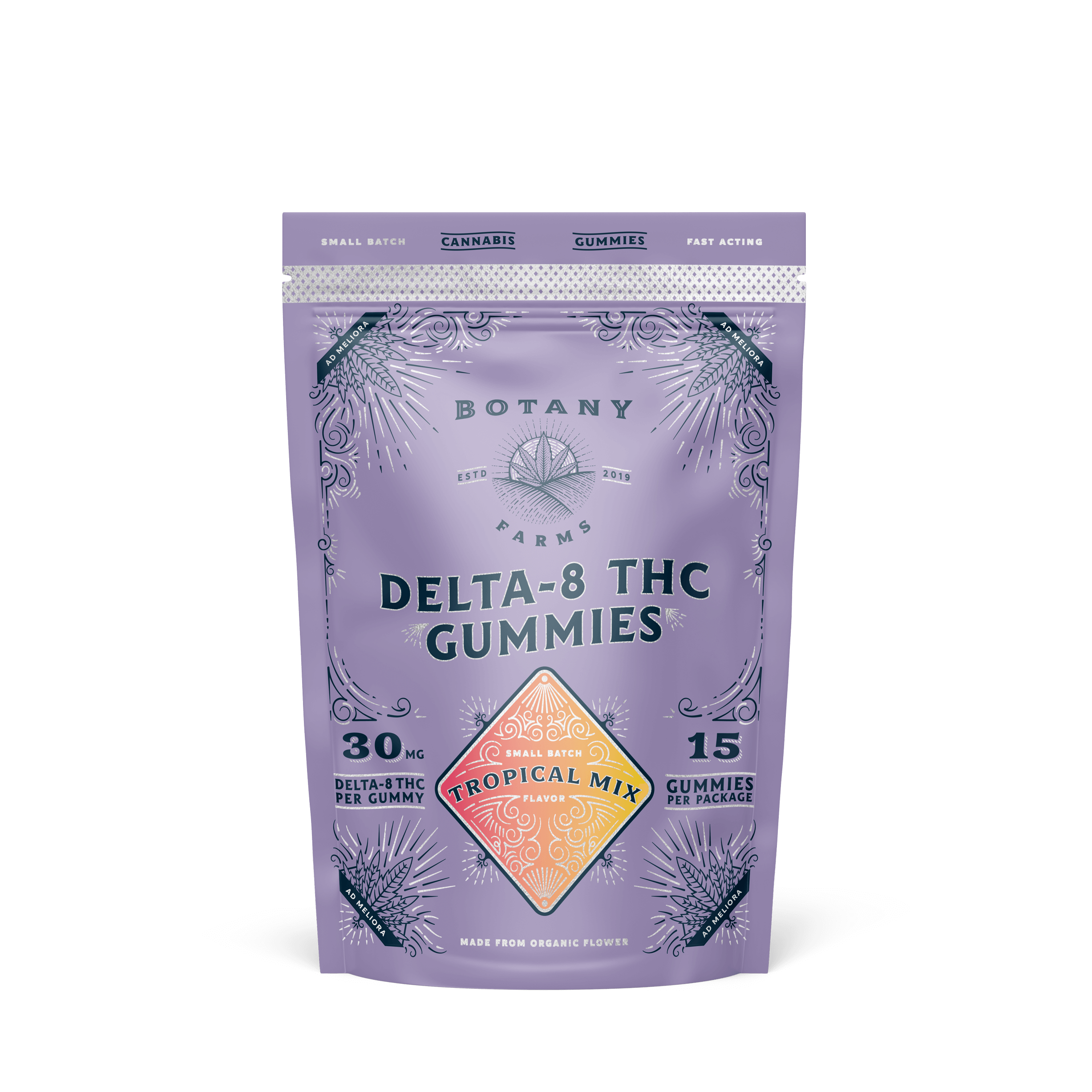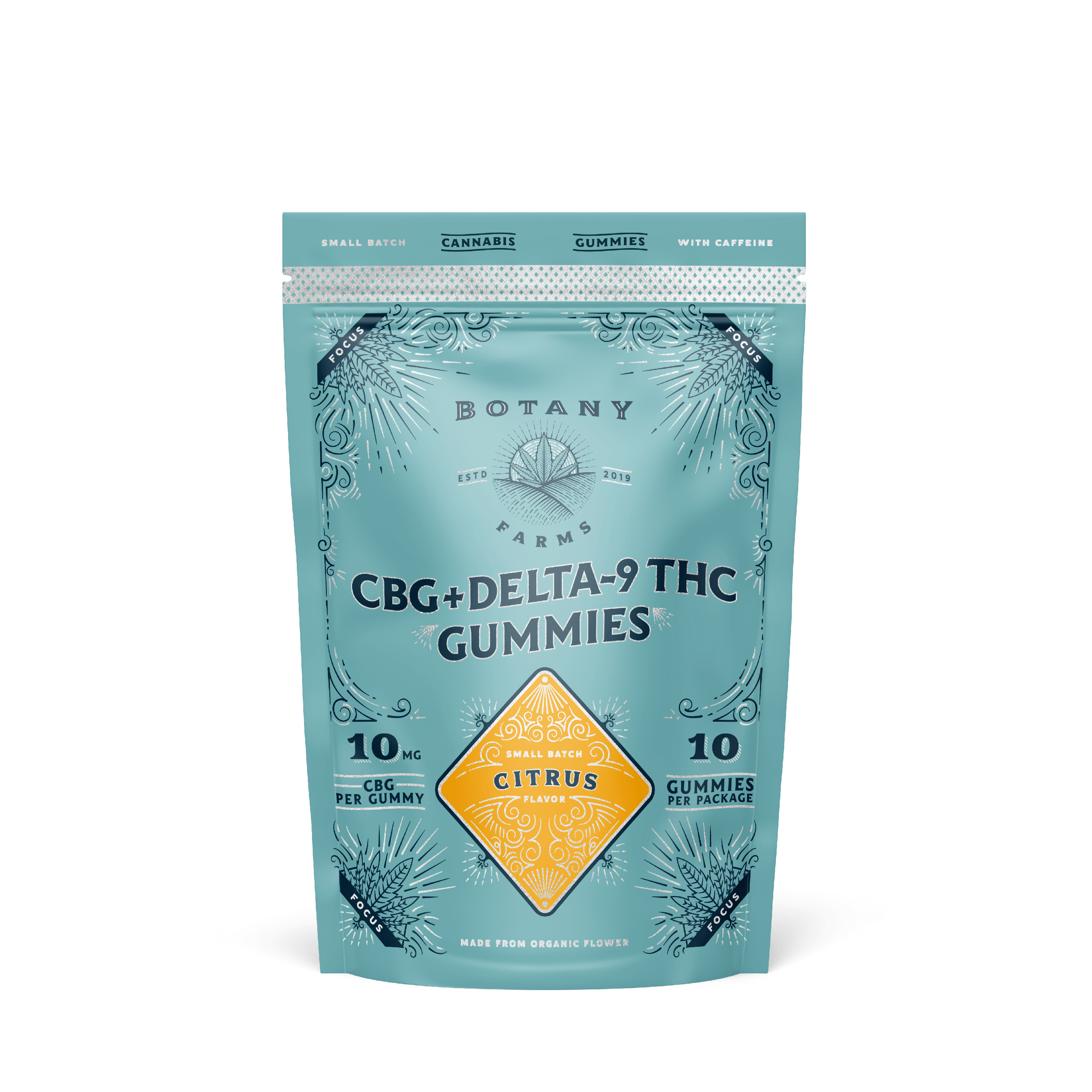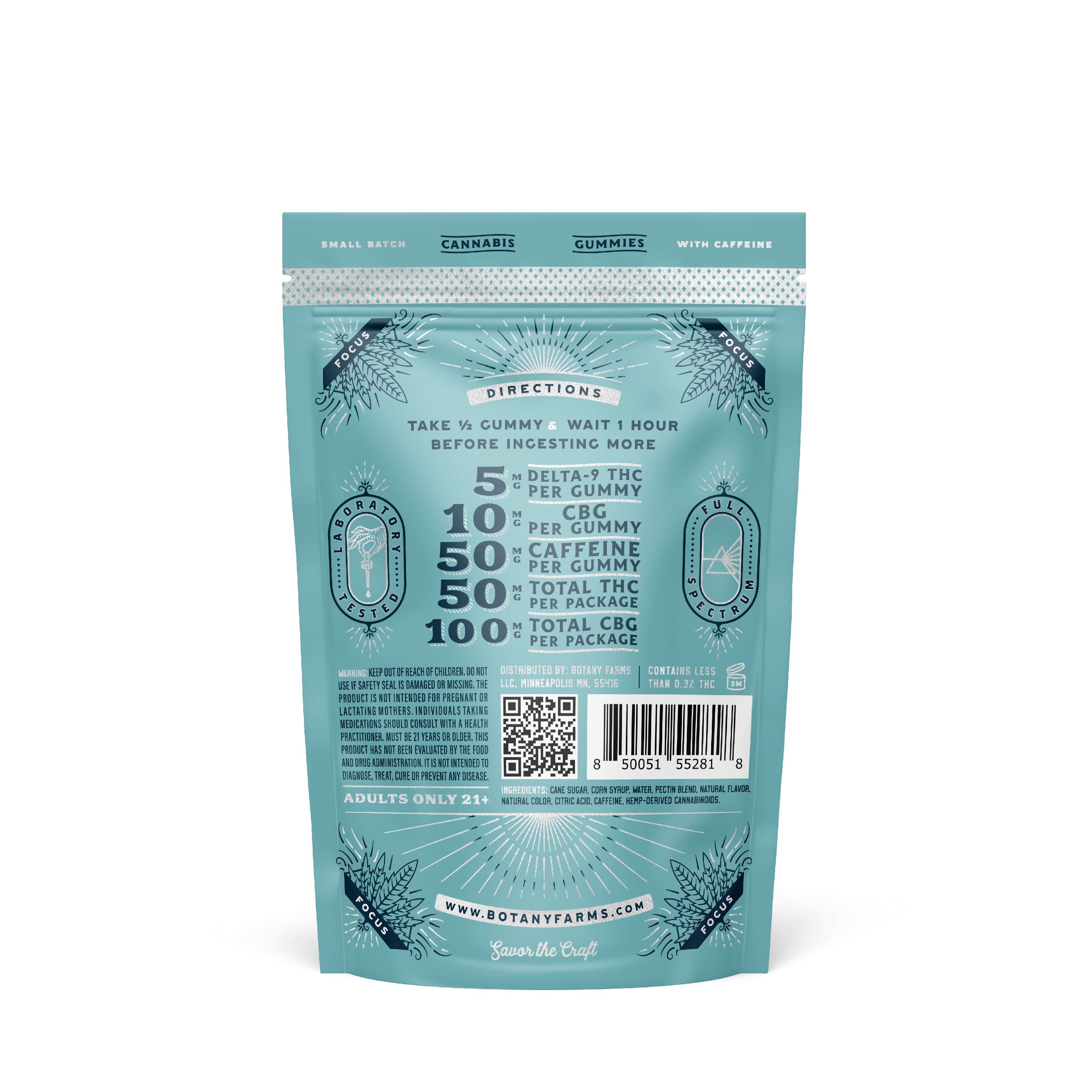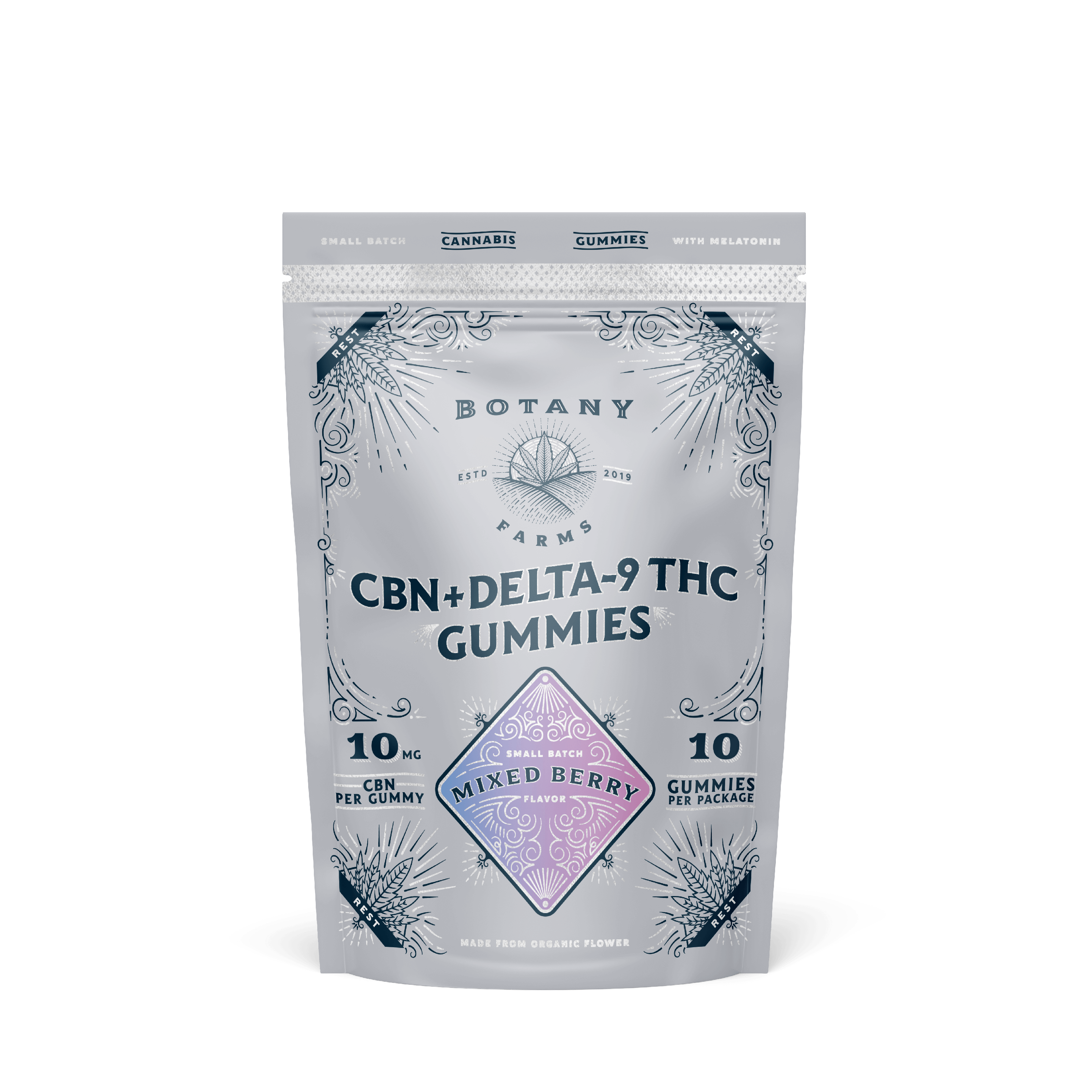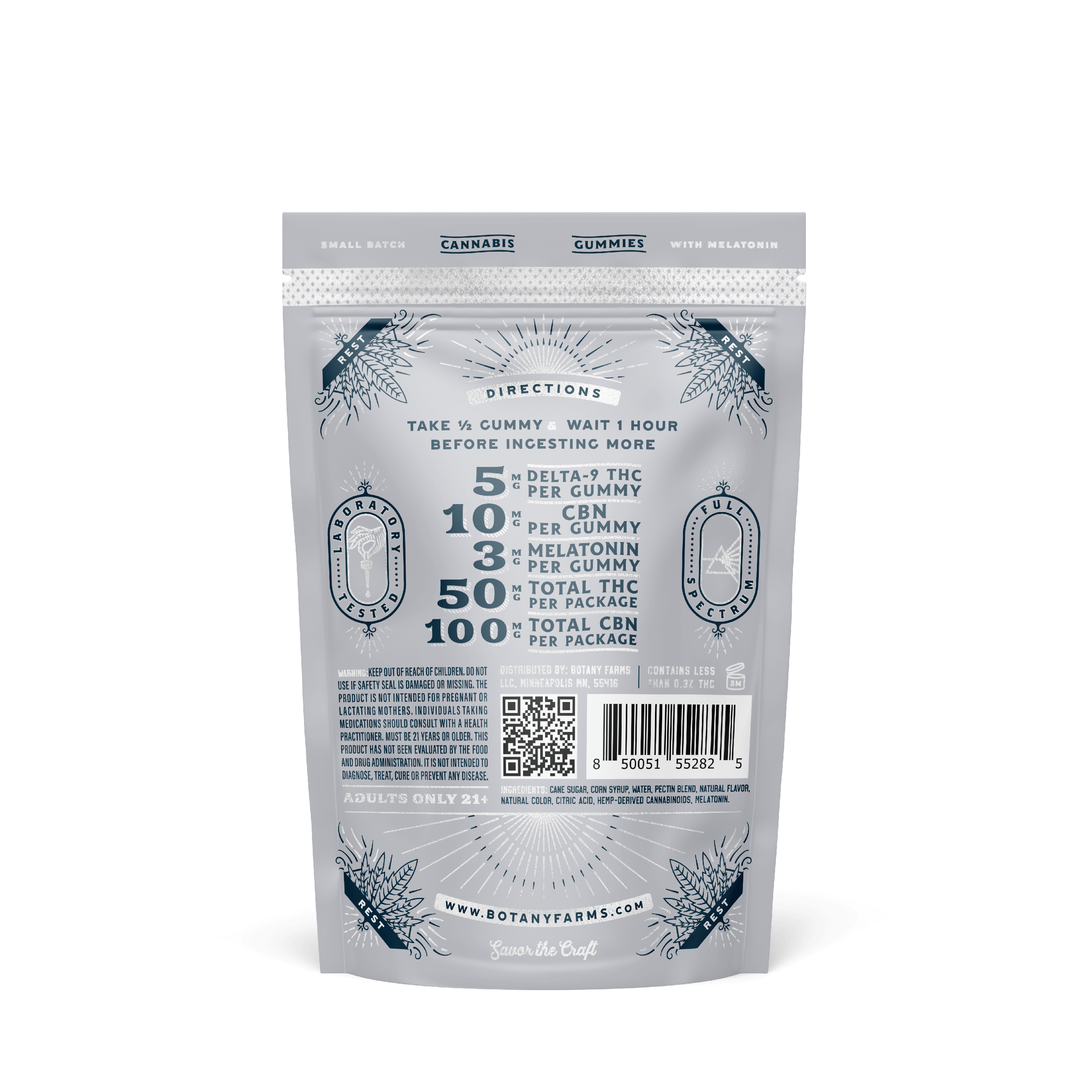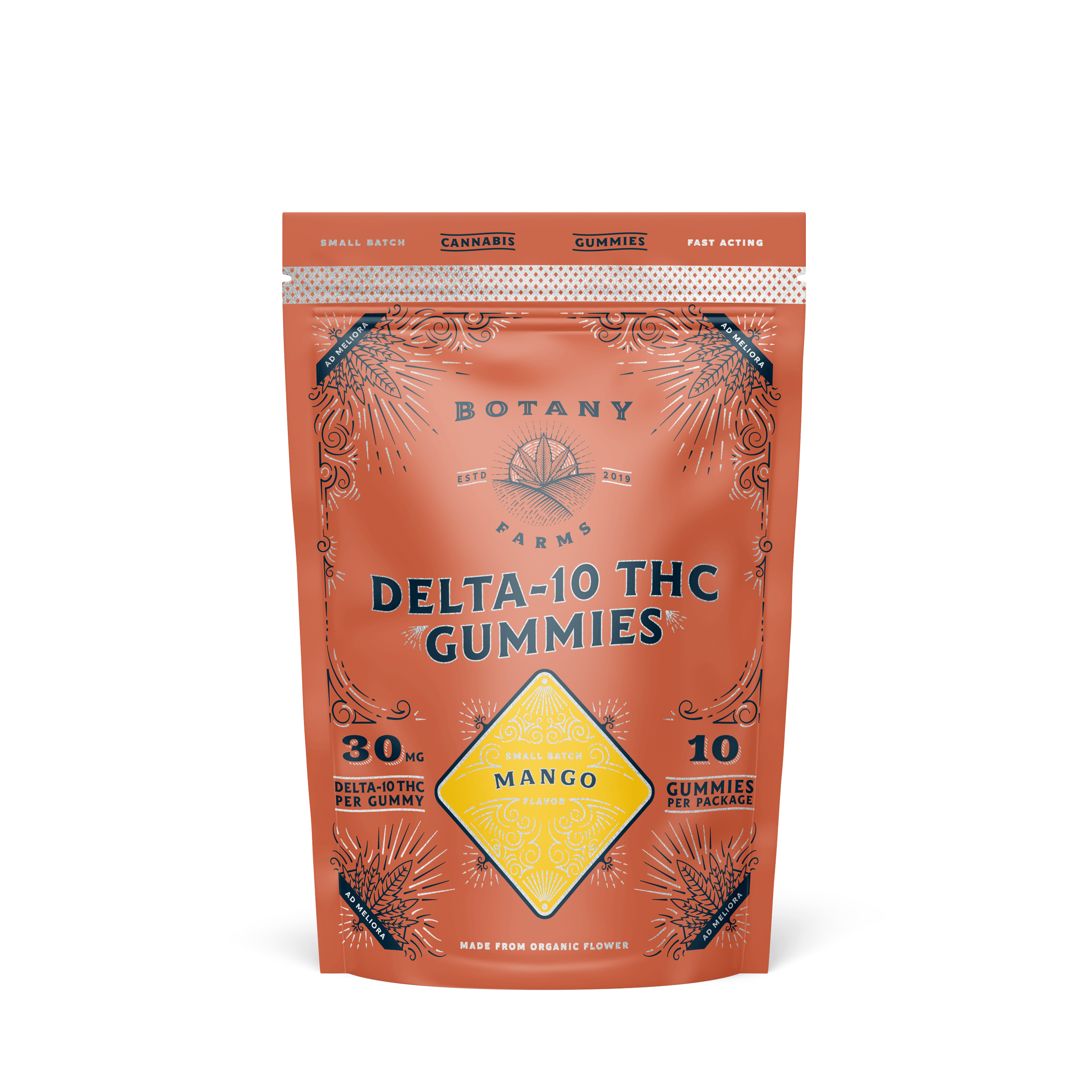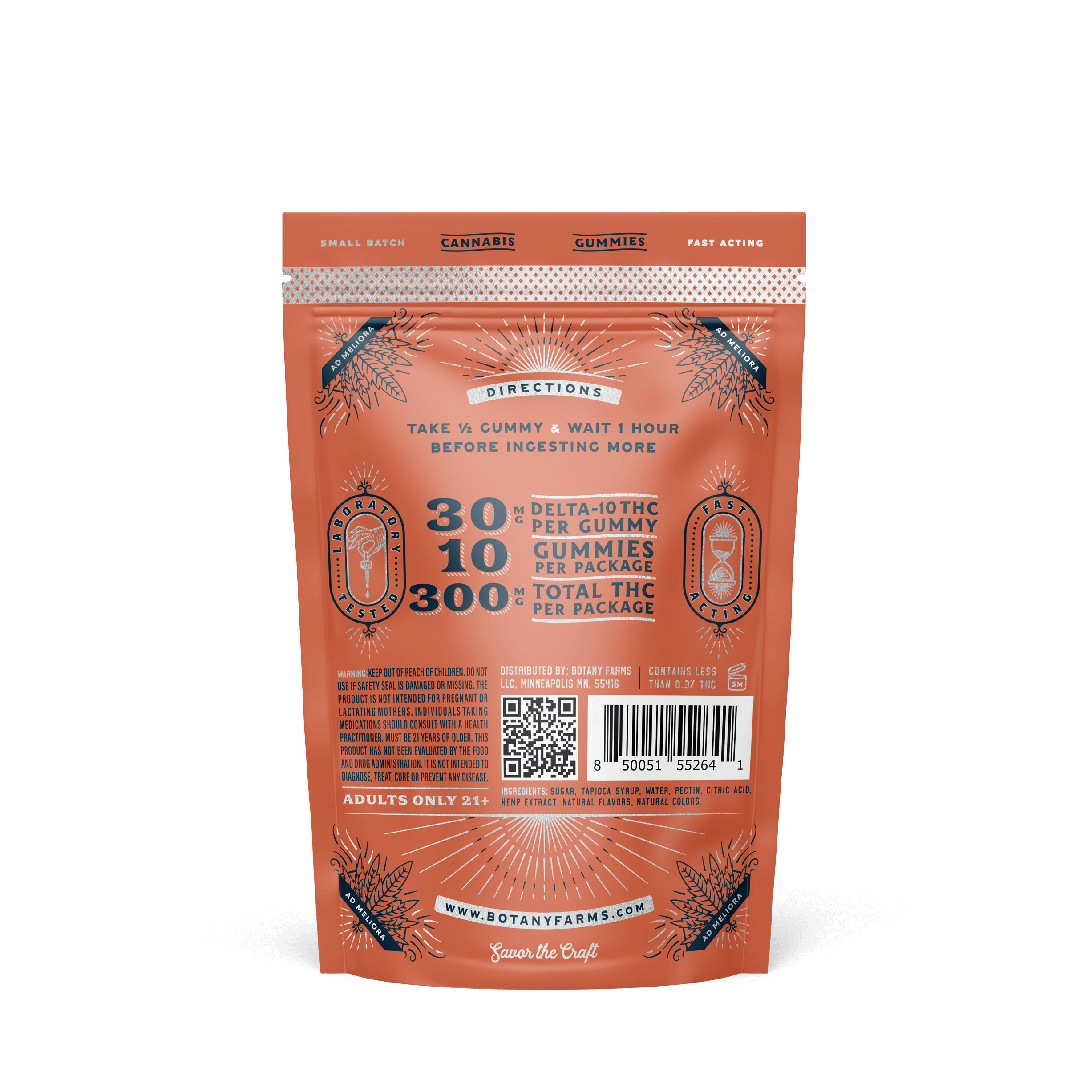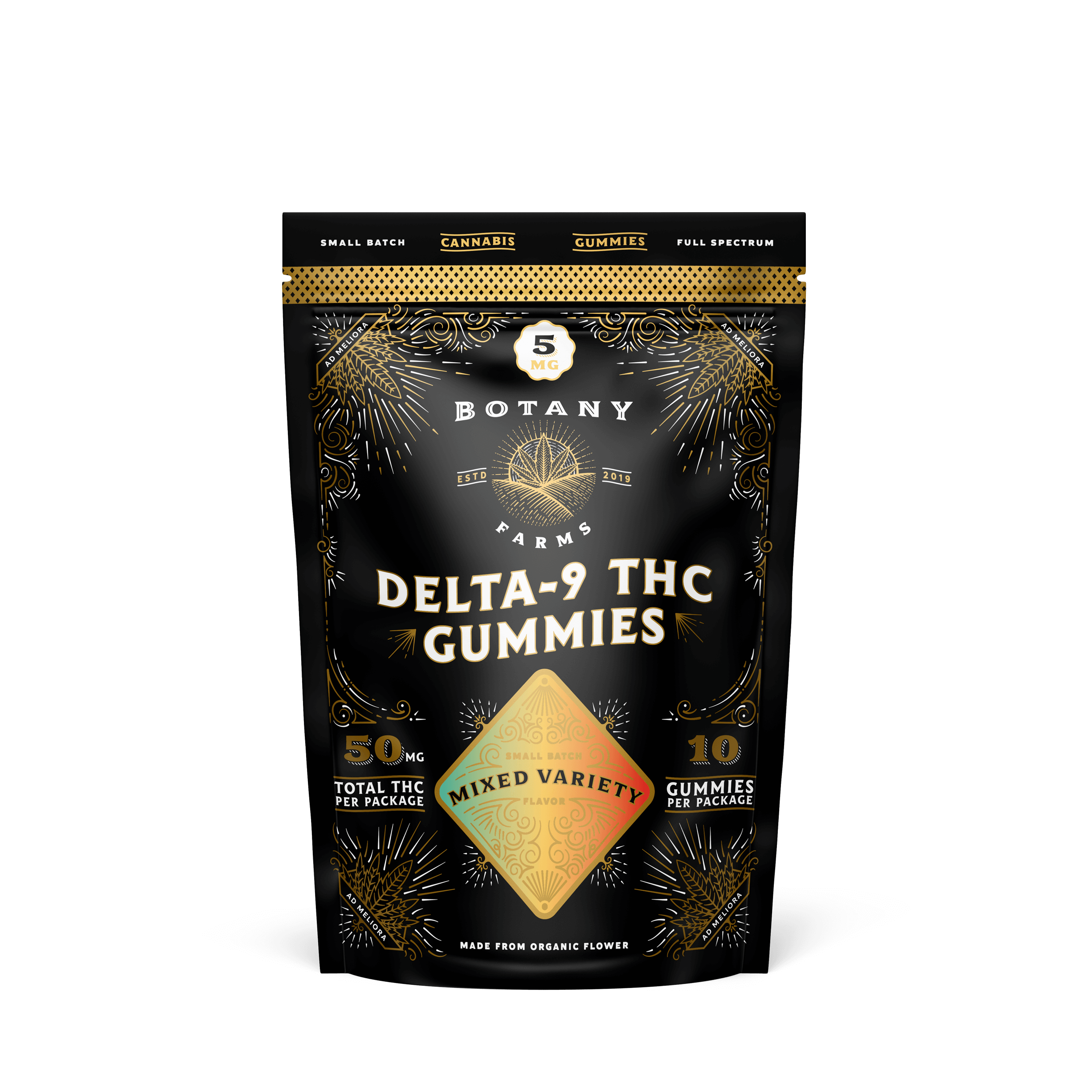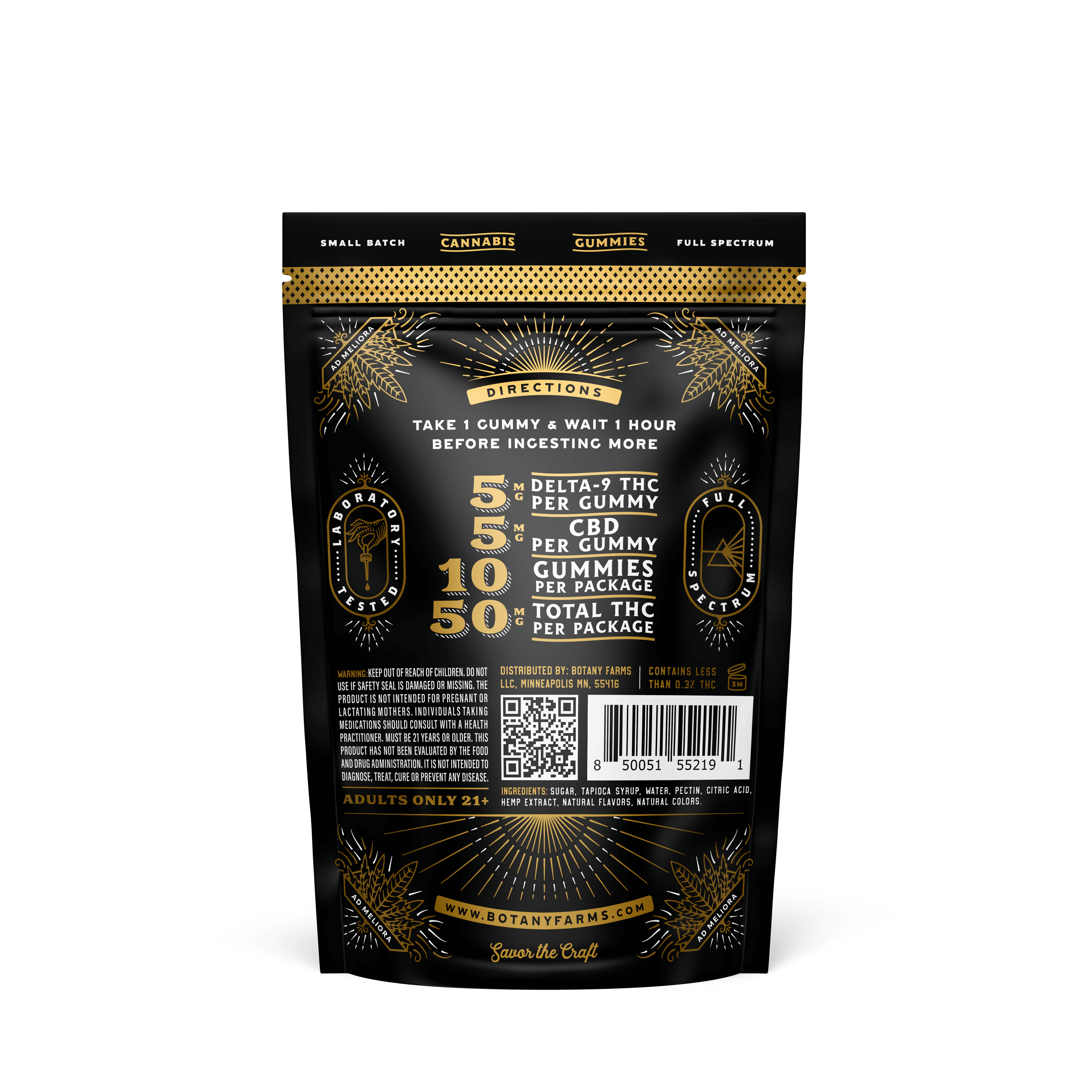- Key Takeaways.
- What Is Microdosing?
- How Is THC Microdosed?
- How Much Is A Microdose?
- What Microdosing Offers?
- Ways You Can Microdose THC.
- Is Microdosing For Everyone?
- What Is A Delta-9 Microdose?
- How To Microdose Delta-9.
- Benefits Of Microdosing Delta-9.
- Benefits Of Microdosing THC.
- Does Microdosing Help With Insomnia?
- When Is The Best Time To Microdose THC?
- Final Thoughts.
- THC Microdosing: Frequently Asked Questions
- What is considered a High THC?
- How much THC is normal in a day?
- What does a 5mg edible do to you?
- Do edibles affect your organs?
- Do edibles make eyes red?
- Do you get mood swings when you are high?
- Are cannabinoids natural?
Some believe that the best way to achieve progress is through precise, persistent, and determined pushes, that less is not necessarily more, and that, instead, it is just enough what ends up being more. This is precisely what THC microdosing proposes, a revolutionary way of approaching cannabis consumption that involves taking only the necessary amount of THC to provide the potential benefits of this amazing and controversial organic compound.
THC microdosing seems to be on everyone's lips lately. But, because this way of consuming cannabis is so new for some users, many people still have doubts about how to practice it correctly. If you are looking to better understand what THC microdosing is all about, what its possible benefits are, and what you need to do to microdose properly, this post is designed especially for you! Read on, and you will find everything you need to know to master the art of microdosing!
Key Takeaways.
- Unlike full doses taken for recreational or intense therapeutic purposes, microdoses are sub-perceptual, meaning they are below the threshold of producing strong or noticeable psychoactive effects in users.
- THC microdosing involves taking very low amounts of THC. When talking about THC, most usually refer to Delta-9 THC, the main psychoactive component of cannabis.
- Advocates of microdosing believe these small doses could lead to subtle changes in brain function, increased serotonin levels, and alterations in thinking patterns.
- Without a doubt, one of the biggest benefits of microdosing Delta-9 is that it is a safer and more effective way to obtain the desirable potential benefits and avoid unwanted side effects…
What Is Microdosing?
The word "microdosing" refers, in a general aspect, to the practice of taking very small amounts of psychoactive substances such as THC, LSD, or psilocybin mushrooms on a regular basis. Unlike full doses taken for recreational or intense therapeutic purposes, microdoses are sub-perceptual, meaning they are below the threshold of producing strong or noticeable psychoactive effects in users.
How Is THC Microdosed?
THC microdosing involves taking low amounts of THC. When talking about THC, most usually refer to Delta-9 THC, the main psychoactive component of cannabis. Nevertheless, microdose with one of the other hemp-derived THC isomers, such as Delta-8, Delta-10, or HHC, is also possible. Microdosing aims to experience subtle effects and obtain the potential therapeutic benefits of these compounds, minimizing the psychoactive and intoxicating effects that higher doses of THC produce, thus reducing the risk of experiencing adverse effects.
How Much Is A Microdose?
Typically, a microdose is between one-tenth and one-twentieth of a regular recreational dose, which is enough to cause subtle changes in perception and cognition without actually inducing a full or intense psychoactive experience. The specific amount for a microdose can vary according to the chosen cannabinoid and each user's individual preferences.
What Microdosing Offers?
Microdosing of different cannabinoids, such as Delta-9 THC, Delta-8, and even CBD, has been gaining a lot of popularity due to anecdotal user reports suggesting certain particular benefits to this consumption modality, such as increases in creativity, productivity, focus, improvements in humor and problem-solving skills.
Advocates of microdosing believe these small doses could lead to subtle changes in brain function, increased serotonin levels, and alterations in thinking patterns. Nonetheless, it is essential to note that scientific research on microdosing is still in its early stages, that many potential benefits suggested are largely anecdotal, and that we need more specific scientific studies to better understand the effects, mechanisms of action, and potential risks associated with microdosing.
Ways You Can Microdose THC.
Several methods allow for precise and controlled dosing when it comes to microdosing Delta-9, Delta-8, Delta-10, or any other THC isomer or derivative. Of course, both the chosen method and cannabinoid directly influence the amount you must ingest to microdose. This is because each cannabinoid has a different mechanism of action and potency, and each form of consumption provides a different bioavailability. This means that depending on the consumption method, the amount of THC that gets available in our bloodstream varies significantly. Furthermore, how our bodies metabolize THC can also influence the intensity of the effects and the amount needed to achieve the desired outcome. That said, the most popular and recommended ways to microdose THC are as follows.
Oils.
Taking cannabis in the form of oils or distillates is one of the favorite methods of many users to practice microdosing. Many oils come in dropper bottles, which are more convenient for more precise dosing of THC. Depending on the oil's THC concentration or degree of purity, just one or two drops may be enough to experience an ideal microdose. Another way to take cannabis oils is in disposable or refillable THC vape products. THC cartridges come pre-filled with THC oil, usually of high purity, and a single inhalation is generally all it takes to get the benefits of microdosing. Many THC vape oils for refillable vapers are also available on the market.
To determine the ideal microdose with this type of oil, it is essential to know their degree of THC concentration. However, one or two puffs are usually enough to obtain an effective microdose.
Edibles.
Edibles can be one of the most convenient ways to microdose THC, especially products with low THC concentrations. Try to find edibles with specific low-THC-dose options, like gummies or chocolates that are 2.5mg or 5mg THC per serving. Once you have them, start with a small serving and wait for the effects to kick in before consuming more. Remember that the onset of edible effects takes a little longer to kick in compared to other consumption methods.
Tinctures.
THC tinctures are liquid extracts, and like cannabis oils, they generally come in dropper bottles, allowing for more precise dosing that makes them ideal for microdosing. Try to use low-concentration tinctures, such as 1:1 THC to CBD tinctures, and use an eyedropper to place a small amount of tincture under your tongue. When taking the tincture sublingually, hold it under your tongue for a minute or two before swallowing.
As with THC, it is also possible to microdose with other cannabinoids, such as CBD. Broad or full spectrum products such as live resin CBD tincture are ideal for this. One of the advantages of this consumption method is that, in addition to taking the tincture sublingually, you can also add a small dose of tincture to any drink of your choice. Either way, wait for the effects to peak before taking more.
Capsules.
THC capsules offer a convenient and discreet way to microdose. These products come in pre-measured doses allowing more consistent and precise THC intake. Some brands manufacture capsules specifically designed for THC microdosing. A microdose capsule usually contains 1 mg or less of THC per capsule, which you can take orally. As with the other consumption methods, waiting for the effects to take place and reaching their peak before taking another capsule is advisable.
Is Microdosing For Everyone?
The shortest and most precise answer would be no. We must remember that cannabis acts differently on each person. In addition to this, people use cannabis for different purposes depending on the conditions they want to treat or their personal preferences. We could say that microdosing is ideal for those users who want to experience the specific possible effects or benefits microdosing offers, such as cognitive improvements, increases in productivity or creativity, or improved focus. Nonetheless, many scientists still debate whether the benefits some microdosers experience are a placebo effect or something else.
Some people use cannabis for different purposes or have medical conditions that require more potent effects to experience any benefit. Such is the case for people who suffer from acute pain, chronic inflammation, or other conditions where higher doses of THC are more effective.
In this sense, microdosing is not for everyone. Still, many people may find therapeutic applications for the subtle psychoactive effects and potential day-to-day benefits of microdosing.
What Is A Delta-9 Microdose?
A Delta-9 microdose is a small amount of this cannabinoid that is usually taken daily or quite frequently to obtain its potential therapeutic benefits without experiencing the psychoactive effects of Delta-9, which can sometimes be overwhelming or uncomfortable for some users.
How To Microdose Delta-9.
There are different ways that you can microdose Delta-9 as there are various methods of intake to this active compound from cannabis. It should be noted that the amounts required to microdose Delta-9 may vary according to each consumption method. This is because each method offers a different bioavailability and onset of effects. But, generally, microdosing Delta-9 involves taking small doses ranging from less than 1mg up to 5mg, depending on whether we are talking about pure Delta-9 capsules, oils, tinctures, or edibles.
Delta-9 microdosing is so popular lately that many brands manufacture and market products specially designed to practice it. If you want to experiment with Delta-9 microdosing, it is best to get specific dosed products to practice it. Generally, these products come with instructions on their labels indicating the ideal amounts you should take.
If you can't find specific microdosing Delta-9 products, you can take only a fraction of the dose of your regular Delta-9 products, such as just one serving of edible or just a small drop or puff of your typical Delta-9 flower. It is important to note that an optimal microdose of Delta-9 can vary from person to person. Therefore, starting with a low dose and gradually adjusting depending on each user's tolerance and desired results is crucial.
Benefits Of Microdosing Delta-9.
Undoubtedly, one of the most significant benefits of microdosing Delta-9 is that it is a safer and more effective way to obtain the desirable potential benefits and avoid unwanted side effects such as mind fog, uncontrollable high, and paranoia that excessive doses of Delta-9 can cause in some people.
The truth is that microdosing Delta-9 is gaining so much popularity that more and more people with no prior use of cannabis are jumping to venture out and experience the potential benefits of microdosing for themselves. However, the novelty that Delta-9 represents for many still leaves many doubts among enthusiastic users regarding the effects of this controversial cannabinoid. This is why many new users still wonder if some cannabis products like Delta-9 gummies can get you high.
Scientists and researchers still disagree about the veracity of the benefits suggested by the Delta-9 microdosers. Existing data on this topic is still scant, and we need specific research on the possible benefits of Delta-9. Nevertheless, the limited data on Delta-9 microdosing and many practitioners worldwide point to Delta-9 microdosing as a potentially beneficial way to approach cannabis use more safely and with possible amplified therapeutic benefits.
Benefits Of Microdosing THC.
Many users find microdosing THC to be the most convenient way to consume this cannabinoid therapeutically, as microdosing seems even to increase the range of effectiveness of potential THC-related medicinal benefits while reducing the risk or chances of experiencing adverse effects. In addition to providing better control over the THC effects, microdosing seems to enhance the benefits that this cannabinoid could provide with regular or recreational doses.
But, the debate on the possible benefits of THC microdosing is still open among experts since there are still not enough specific studies to reach definitive conclusions or make medical claims about it. Despite this, many anecdotal reports of microdosers and preliminary studies show promising results regarding a potential positive relationship between THC microdosing and anxiety, stress, pain management, sleep, focus, and creativity.
Microdosing THC And Anxiety.
Taking small doses of THC regularly improves stress and anxiety management by promoting relaxation and leaving users calm and peaceful. Such a state of enhanced calm makes it possible to manage moments of stress better, consequently reducing the risk of experiencing unwanted THC effects, such as episodes of anxiety and paranoia caused by high doses of this cannabinoid.
Microdosing THC And Focus.
Small doses of THC may be better for promoting focus, creativity, and overall productivity due to the type of interaction it causes with CB receptors in the brain. Such interaction increases the activity of the frontal cortex, which translates into improved cognitive abilities, problem-solving, and creativity. This is why many creatives, perhaps unconsciously, like to microdose THC before getting to work.
If you are still getting familiar with all things cannabis and microdosing Delta-9 THC still triggers some of the adverse effects of this cannabinoid, you might try mixing Delta-8 with Delta-9 in small doses. This could help stabilize the high of Delta-9 and thus avoid developing adverse effects.
Microdosing THC And Pain Management.
One of the therapeutic properties that THC exhibits and that it has in common with many cannabinoids is the ability to influence the way our brain perceives pain and the ability to reduce the body's inflammatory response. Experts believe that microdosing THC also promotes this quality by lowering the pro-inflammatory production of cytokines.
Furthermore, data suggest that a THC gummy microdose may have anti-inflammatory properties twice as potent as hydrocortisone and up to 20 times more effective than aspirin. Such THC microdoses properties make it an ideal alternative for better pain management in patients with acute pain and pains related to inflammation, such as those caused by arthritis.
Does Microdosing Help With Insomnia?
Short answer, yes. But, the effectiveness of cannabis use in assisting with sleep disorders such as insomnia depends on several factors. Cannabis could improve sleep in people with some conditions thanks to its analgesic and anxiolytic qualities. People with some conditions such as acute and chronic pain, PTSD, and multiple sclerosis could benefit from their sleep quality, being able to fall asleep faster and wake up less during the night, thus achieving better rest in general.
Many users find cannabis an effective tool to deal with insomnia, pain, and anxiety. Many of these users report relief of symptoms related to these conditions when using cannabis. However, the effectiveness of cannabis in improving sleep can vary depending on the dose and frequency of use, with frequency being one of the most determining factors. Various studies show that there are significant differences in how cannabis affects sleep improvement between occasional users and people who use this plant daily. In this sense, chronic and frequent users report more sleep problems than people who use cannabis sporadically or those who do not use it at all.
This is where THC microdosing can be a game-changer when it comes to insomnia and sleep disorders. Many experts believe that the sleep-promoting qualities of some cannabinoids like THC have to do with how this cannabinoid interacts with the brain and our endocannabinoid system, thereby increasing adenosine levels and suppressing the brain's arousal system. Consequently, these effects generate the sensation of sedation and drowsiness. Microdosing may be better than regular or recreational dosing as it promotes these effects while reducing the risk of overloading our CB receptors and generating adverse effects such as increased anxiety. Therefore, using only small doses of THC could cause enough relaxation for better sleep without fully triggering the psychoactive effects that can sometimes make it difficult for some users to sleep peacefully.
When Is The Best Time To Microdose THC?
This can be a tricky question to answer as there is no single universal best time to take THC microdose that works the same for everyone. There are many factors involved, starting from each patient's personal preferences and goals to the cannabis strain and consumption method of choice for microdosing. Overall, determining the best time to microdose THC is the same as for regular therapeutic or recreational doses: it all depends on what effects or benefits you want to achieve and whether you plan to use a Sativa or Indica strain for your microdose.
In this sense, if you want to experience cerebral, activating, uplifting, creative, and focus-boosting effects, it would be advisable to practice microdosing with a mostly Sativa variety and do it during the day. For body-relaxing, pain-relieving, and sleep-enhancing effects, the ideal is to use Indica-leaning strains. If you intend to improve the quality of your rest, using microdoses of Indica strains, close to bedtime may be the best option. Finally, if you want more balanced effects that you can enjoy at any time of the day, the best option may be a hybrid strain. The thing is, there are so many different hybrid strains, and the effects can be so diverse that determining the best time to take your hybrid cannabis strain microdose depends greatly on each particular strain's effects and each user's goals.
In addition, the consumption method is also critical in terms of the best time to microdose since each method offers a different onset and duration of effects. The method that provides the most potent and prolonged effects is edibles since our bodies must digest and metabolize THC before making it available in our bloodstream. For an onset of faster or more immediate effects, smokable products such as buds, vaping products, oils, and tinctures taken sublingually are the best options. Nonetheless, the effects generated by these products wear off faster than the effects of edibles. In this sense, how you take your THC microdose is also a critical factor to consider when choosing the best time to do so.
Final Thoughts.
THC microdosing emerges as a hot topic worthy of fascination in the realm of cannabis consumption and its potential benefits. The careful administration of low amounts of THC allows people to take advantage of the therapeutic effects of cannabis without experiencing overwhelming psychoactive effects. This dosing approach continues to gain popularity among users worldwide due to its potential benefits, including mood improvements, better concentration, reduced anxiety, and relief from certain medical conditions.
By microdosing with THC, users can explore the subtle benefits of cannabis while minimizing the risks associated with higher doses. This way of consuming cannabis also allows users to maintain or even improve their cognitive functions and productivity, making it a very attractive option for those who want to incorporate cannabis into their daily lives without interrupting their routines.
Research on THC microdosing is still in its early stages, so we still need more studies to fully understand its possible effects on people and its potential benefits regarding different conditions. Existing preliminary evidence suggests that THC microdosing could have various therapeutic applications. Its ability to modulate the endocannabinoid system and interact with different receptors opens up the possibility of its potential analgesic and sleep-improving qualities. Microdosing suggested benefits even point to it as a promising tool to address certain mental health disorders. These microdosing qualities indicate it could be a viable alternative to traditional pharmaceutical approaches used for certain medical conditions, making THC microdosing an interesting alternative for those seeking natural remedies or reducing their dependence on certain conventional medications.
It is important to note that individual responses to THC can vary significantly from person to person, so it is vital to approach THC microdosing with caution. It is best to always start with the lowest doses and gradually increase as necessary, closely watching the development and peak of the effects. Consulting with a healthcare professional or cannabis expert can provide valuable guidance and ensure safe and responsible use.
In conclusion, THC microdose products present a promising option as an intriguing approach for those seeking to experience the potential benefits of cannabis while minimizing the risks of potential adverse effects. As research in this area develops, a better understanding of its long-term effects and possible specific applications for different medical conditions will emerge. With careful consideration and responsible use, THC microdosing could become an integral part of future holistic health and general wellness practices.
THC Microdosing: Frequently Asked Questions
What is considered a High THC?
Experts consider a high THC dose or high THC strain to be varieties that contain 20% THC content or more or products that contain 10 mg or more of THC per serving.
How much THC is normal in a day?
Most experts recommend starting with a 2.5 mg dose, which is one-half the standard dose, and not exceeding 40 mg per day. However, different manufacturers and cannabis organizations offer their own recommendations regarding how much THC to take per day.
What does a 5mg edible do to you?
Doses of 5mg or less fall into the THC microdosing range. At this level, you can expect to feel mild relief from pain, anxiety, stress, and other similar symptoms. Some users may report experiencing increased creativity and focus and more smooth and fluid conversational ability.
Do edibles affect your organs?
To a large extent, it all depends on moderation, quantity, and frequency of use. There is speculation that THC could cause liver damage when present in large amounts for long periods or when using edibles chronically.
Do edibles make eyes red?
Yes, if edibles contain THC, they can make your eyes red. Whichever way THC enters your system, it can make your eyes red due to the effects THC has on them. THC causes a dilation of the blood vessels and an increase in blood flow to the eyes, which consequently causes ocular redness.
Do you get mood swings when you are high?
Although the responsible and careful use of cannabis could be beneficial, mood swings are among the possible adverse effects of a cannabis high. In some users, recurrent cannabis use can affect motivation to do things, reduce energy levels, and impair memory or the ability to learn. In the long term, these adverse effects can cause problems at work, school, or in relationships in general.
Are cannabinoids natural?
Yes, cannabinoids are organic compounds that occur naturally in cannabis plants. The most popular cannabinoids are THC, the main psychoactive component of cannabis plants, and CBD, the predominant cannabinoid in hemp plants. In addition to these cannabinoids, science recognizes more than 100 additional cannabinoids. It should be noted that currently, there are some cannabinoids classified as semi-synthetic because, even though they occur naturally in cannabis plants, they only occur in minute amounts. For their large-scale production, manufacturers generally synthesize them from other cannabinoids, such as CBD, through artificial processes.
